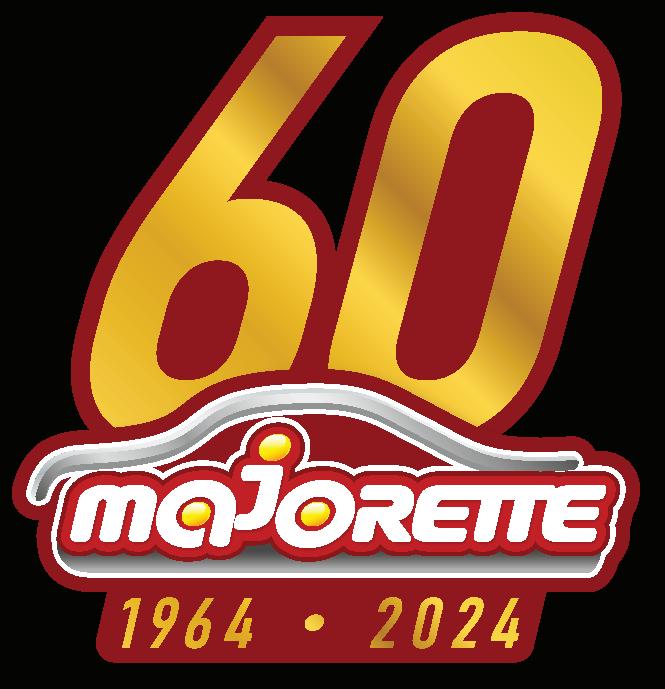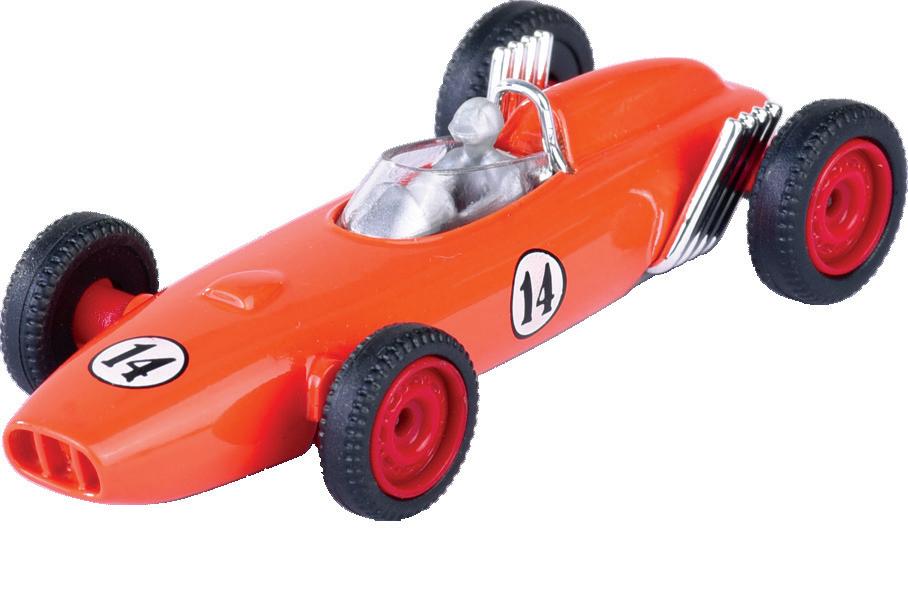


















Volume 20 Number 4
South African Schools’ Newspapers with a minimum contracted distribution of 950 000
FREE 4 ALL monthly Primary School Newspaper for Foundation & Intermediate Phase, & FREE 4 ALL High School Newspaper for Senior & FET Phase, are delivered free to learners in Eastern Cape, Free State, Gauteng, KwaZulu-Natal, Limpopo, Mpumalanga, North West & Western Cape.
Seugnette Comber
seugnette.comber@mml.co.za
Content Developer
Seugnette Comber
seugnette.comber@mml.co.za
Key Accounts
Howe gemma.howe@mml.co.za 031 763 3916

Some jellyfish are bigger than a person while others are as small as a full stop! They feel just like jelly, but beware of their tentacles. They have a vicious sting.
The sea is a fragile ecosystem that we need to respect and look after. Pollution in our oceans will destroy much of the life and beauty that exists.
Mike Cardy distribution@free4all.co.za
Shelly Cathro shelly@cathro.co.za 083 792 6484
Jacques Breytenbach jacques.breytenbach@mml.co.za
PHONE 031 763 3916
seugnette.comber@mml.co.za
POSTAL ADDRESS P O Box 268, Kloof 3640
EDITORIAL OFFICE
47 Sherwood Drive, Kloof 3610
Published by FREE 4 ALL, a division of Maskew Miller Learning (Pty) Ltd
Company Registration Number 2009/022455/07
Crabs sometimes decorate their shells with stuff they find to camouflage themselves and blend in with their surroundings.

Copyright © 2024. All rights reserved. Reproduction of this newspaper for commercial purposes in whole or in part is prohibited without prior written permission from the publisher. Editorial disclaimer: While every effort is made to ensure the accuracy of the content of this newspaper, neither the authors nor the publisher will bear any responsibility for the consequences of any actions based on information contained herein. Paid-for promotional disclaimer: Advertisements placed in the FREE 4 ALL newspaper are in no way intended as recommendations by FREE 4 ALL or as endorsements of the advertised products, services, competitions or related advertiser claims by FREE 4 ALL or any of its affiliates. FREE 4 ALL does not make any representation as to the suitability or accuracy of the content or information contained in those advertisements, and does not accept any responsibility or liability for such content or information or the conduct or offerings of third-party advertisers. To report copyright infringement, please email copyright@mml.co.za.


These fish blow themselves up like a balloon when they are threatened. If you see one in a rock pool do not touch! Their spikes are full of venom.
Coral is a livin g creature and made up of tiny little creatures called pol y ps. The y b uild beauti f ul reefs b y creatin g a hard bony skeleton.

They use their tails to hold onto things and their noses to suck up their food. They have no teeth and no tummy – so they eat all the time!

THESE BEAUTIFUL CREATURES CAN REGROW AN ARM IF IT IS BROKEN OFF.

This very clever creature has suckers under its 8 tentacles. He protects himself by shooting out black ink to confuse his predators.
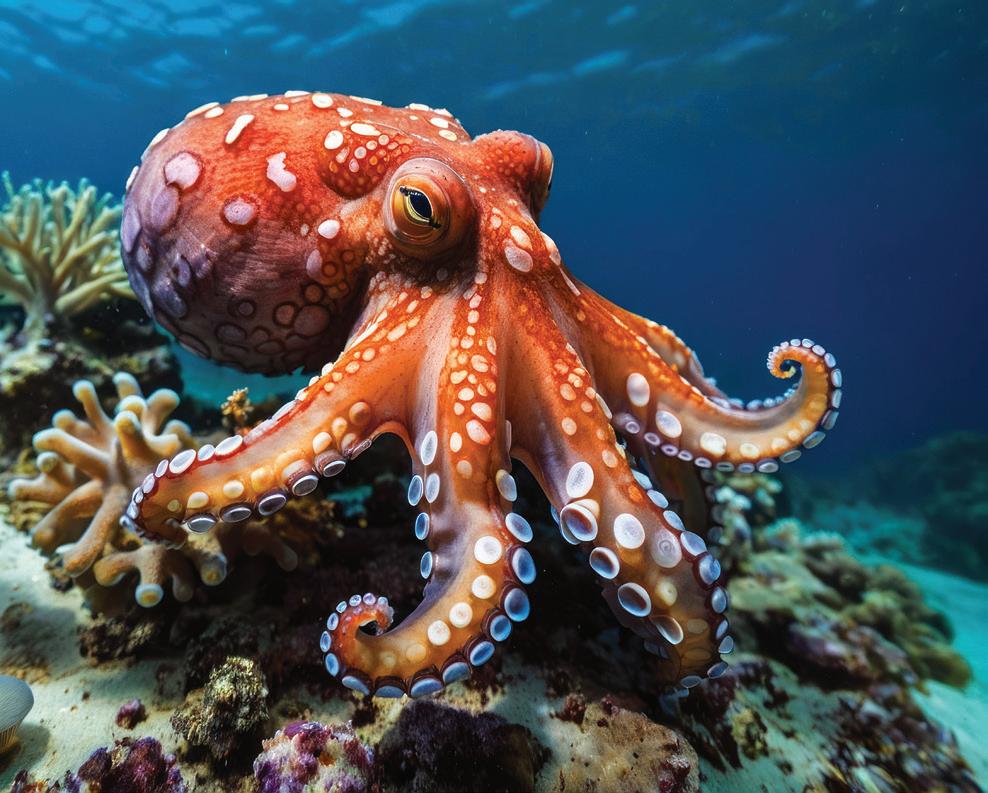

Clownfish are a sea anemone’s best friend. Their tentacles protect the clownfish which hides there for shelter.
You can find mus sels in the ocean or in a river. They attach themselves to rocks with a ‘mussel thread’ that helps them stay in one spot no matter how rough the sea gets.
The bright colours in coral are made from tiny algae that live inside them.






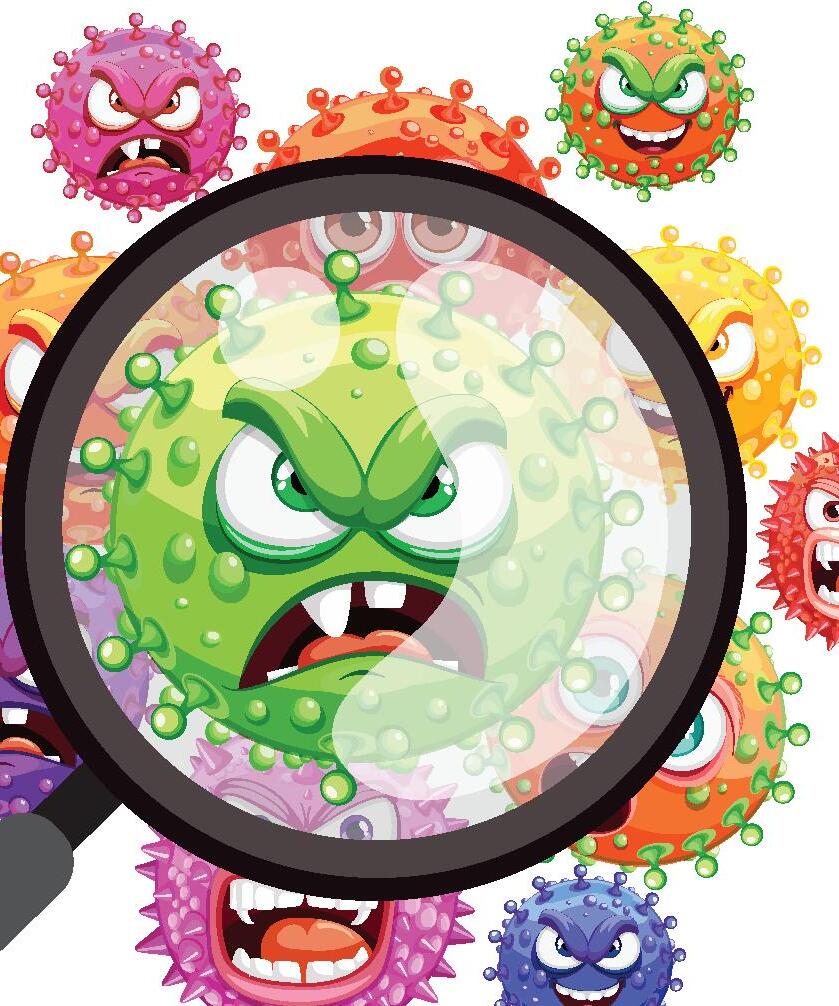

Theycangiveussicknesseslike sore throats, ear infections and even rotten teeth.

Long ago, people didn’t know that keeping clean could stop germs spreading. For example, doctors often operated on patients without washing their hands.
Joseph Lister, a famous doctor, changed this. He told the other doctors andnursesinhishospitaltowashtheir
Whenhandsandkeepeverythingveryclean.people did that, more patients gotbetter,andtheydidnotgive their diseases to other people.
Microscopes help people to SEE TINY THINGS BETTER.
Some things are so small that you cannot see them using only your eyes. But if you look at them through a microscope, they look bigger. Scientists use microscopes to look at samples of blood, saliva and skin to SEE WHICH GERMS ARE MAKING PEOPLE SICK.
Microscopes were first used in the 16th century but today electron microscopes can MAGNIFY UP TO A MILLION TIMES.
These things carry the most germs. Make sure you keep them clean or wash your hands after touching.
CELLPHONES are touched a lot and research shows that there are more germs on a cellphone than on a toilet seat.
KEYBOARDS are loaded with germs. Dust, crumbs and skin cells collect between the keys – a breeding place for germs!
MONEY – especially coins – carry germs and bacteria from the people handling it.
TVREMOTECONTROLSaretouchedbyalotofpeople soarefullofgerms.
BAGS carry a lot of germs as they are seldom washed or cleanedusing.between
Start


Lindiwe’s class has decided to raise funds for the library. They decided to make cupcakes to sell on Friday.

• Cupcake mix: R170
• Ingredients for icing and toppings: R60
• Cupcake holders: R15
Total
They made 60 yummy cupcakes. They sold all the cupcakes for R10 each.
How much money did they receive?
Did they make a profit or a loss?
How much money did they make or lose?
How much profit would they have made if they had sold the cupcakes at R8 each?

Read what Jody has written in her diary and then answer the questions.
e did a lot of maths in class.
I love doing sums. At breaktime I played with my friends, Sally and Thabo. We kicked a ball around and then played hide-andgo-seek. I could NOT find Thabo. He is very good at hiding. My dad made me a yummy lunch which I really enjoyed. I let Sally have some of the carrot muffin. When I got home from school Honey, my cat, was waiting for me in the garden. She really is the smartest cat in the world. It started to rain so I had to play inside but I still had fun.
1 Did Jody play with one friend? YES/NO
2 Does Jody like maths? YES/NO
3 Was Thabo good at hiding? YES/NO
4 Did Jody enjoy her lunch? YES/NO
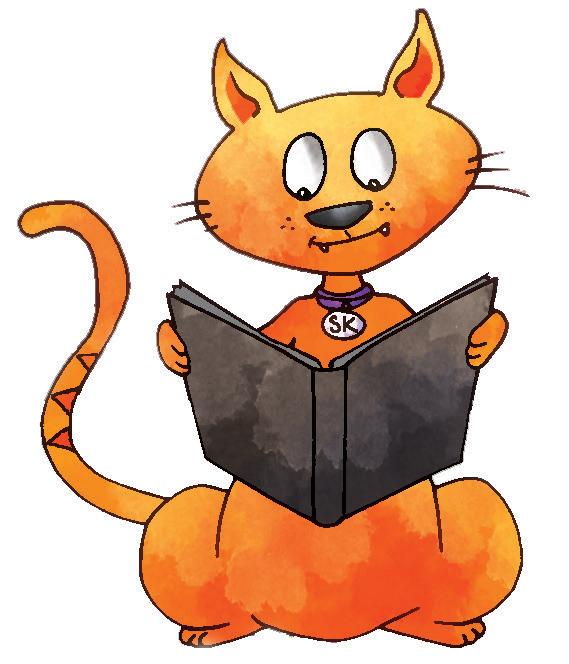
5 Did Jody have a chocolate-chip muffin? YES/ NO
6 Did Jody share a little of her lunch? YES/NO
7 Does Jody have a pet hamster called Honey? YES/NO
8 Did Jody have fun at school today? YES/NO
9 Does Jody have a garden? YES/NO Did Jody have to play inside because it got dark? YES/NO
Keeping a diary is a great way to write about yourself, your feelings and your daily life. Because a diary is private, you can say what you feel about anything. It helps if you are angry or frustrated. One day when you are much older you can look back and read about the ‘younger you’.

APOSTROPHES are used to show POSSESSION (something belongs to someone) eg. Jody’s book.
OR
We use them when we leave letters out in a contraction (we make the words shorter) eg. It is becomes It’s.
1 My teachers car is parked under the schools roof.
2 The cats dinner was a tin of tuna in the dogs bowl.
3 We are going to Lebos party at Ravis house.
1 We didn’t win our match and I’m so sad.
2 We’re leaving for our trip at 6am so don’t let me oversleep.
3 It’s such a beautiful day because it’s sunny and we’ve got a pool.
4 Please don’t bother me or I’ll lose my concentration.

I bought myself a telescope To look into the sky, To see the solar system And the comets whizzing by.
I search the sky for planets. For satellites and stars, And now I’ve got a telescope They don’t seem very far.
It’s brought them very close to me, It’s made the stars my friends ... Except of course when I make a mistake And look through the wrong end!
Tony BradmanSpaghetti, spaghetti, all over the place
Up to my elbows - up to my face
Over the carpet and under the stairs, Into the hammock and wound round the stairs. Filling the bathtub and covering the desk
Making the sofa a mad mushy mess.
The party is ruined, I’m terribly worried
The guests have all left (unless they’re all buried) I told them, ‘Bring presents, I said, ‘throw confetti.’ I guess they heard wrong ’Cause they all threw spaghetti!
Shel Silverstein
This DEAR programme is a celebration of a love of stories and the written word. So – please DROP EVERYTHING and set aside some time for everyone to READ stories or poetry. Keep time aside in future – always have a book close by so that you can just Drop Everything And Read!
Thank you
PROGRAMME A celebration of reading.
The Tasmanian Tiger was not actually a tiger but more like a striped dog with a big stiff tail like a kangaroo.
THEY WERE FOUND IN AUSTRALIA AND TASMANIA AND THIS CREATURE IS OFFICIALLY EXTINCT ... OR IS IT?
orextinct not? Their featuredistinctive was theirsandy-coloured fur with dark tiger stripestheacross body.
They were nocturnal animals, and at night they hunted small animals like kangarooswallabies.and They were mostly killed by the sheep farmers because they were eating the sheep.

It was a marsupial – like a kangaroo. The babies were born into a pouch and lived and fed there till they were big enough to leave.
The Tasmanian tiger is believed to be extinct, with the last individualknown dying in captivity 85 years ago.
There have been many supposed sightings of the Tasmanian Tiger but no proof that it still exists. Scientists continue to search for evidence. They hope that it is NOT extinct.

What did the artist draw before he went to bed? The curtains!

Whatdoyougetwhen youcrossasmurf and a cow? Blue cheese!

What’s black and white and red all over? A newspaper.
What do you do when you find a blue elephant?Cheer her up. Whatcolour isthewind? Blew.

What is a cat’s favourite colour?
‘Purr’ple.
How do artists greet each other? Yellow.

What ofdog anything A
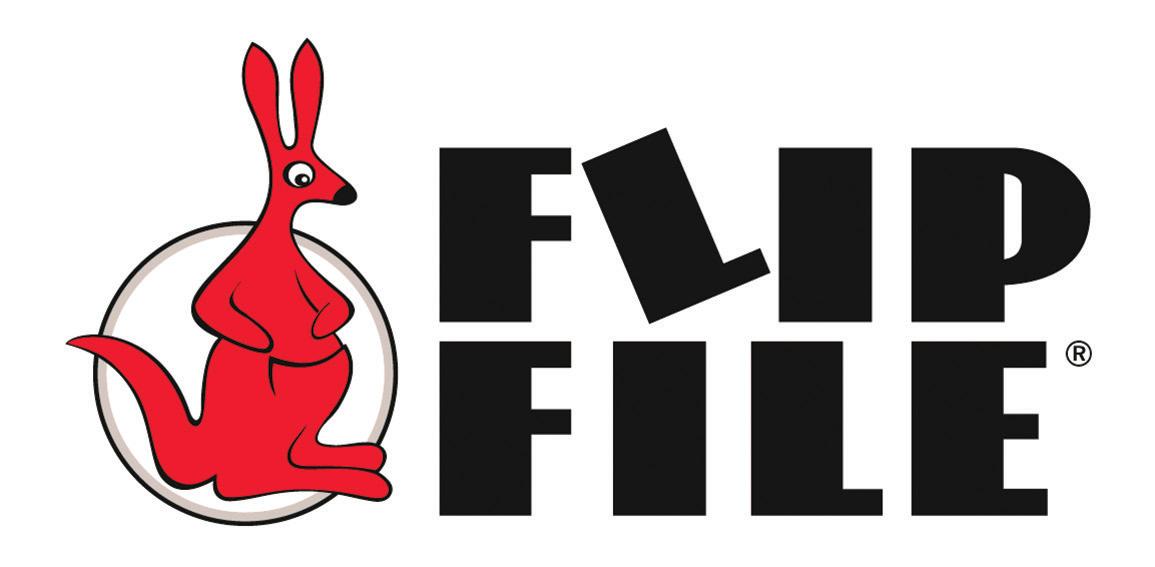
What and a A
findWhat socks Theythey



What kind anythingdogchasesred? Bulldog. findWhatdoyouattheendof arainbow? Violet. What colour socks do bears wear? They don’t wear socks, they have bear feet.

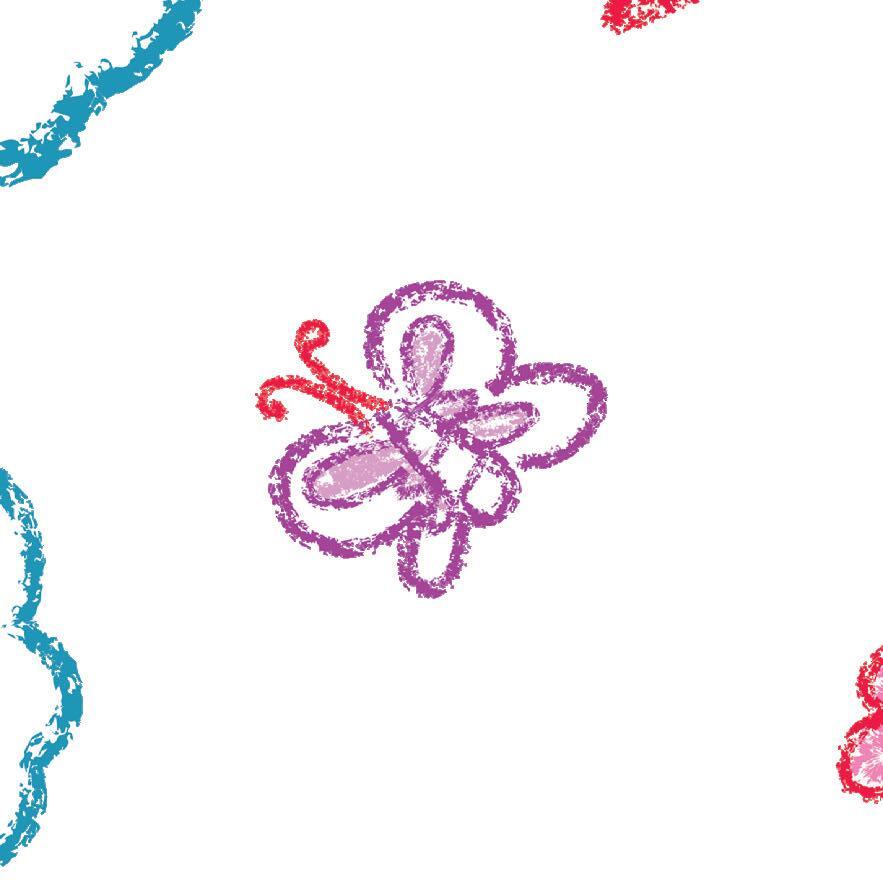
What colour is a burp? Burple!


andWhat’sblack white andmakesalotof

What did one blueberry say to the other at the party? ‘Berry nice to meet you!’ hewastheartistmightgotojail? Because he’d been framed!

What is orange and sounds like a parrot? A carrot. Because if it large and red it would be a tomato.

Knock, knock! Who’s there?Orange.Orange who? Orange you glad I’m here?
Your friendly & trusted KANGAROO !








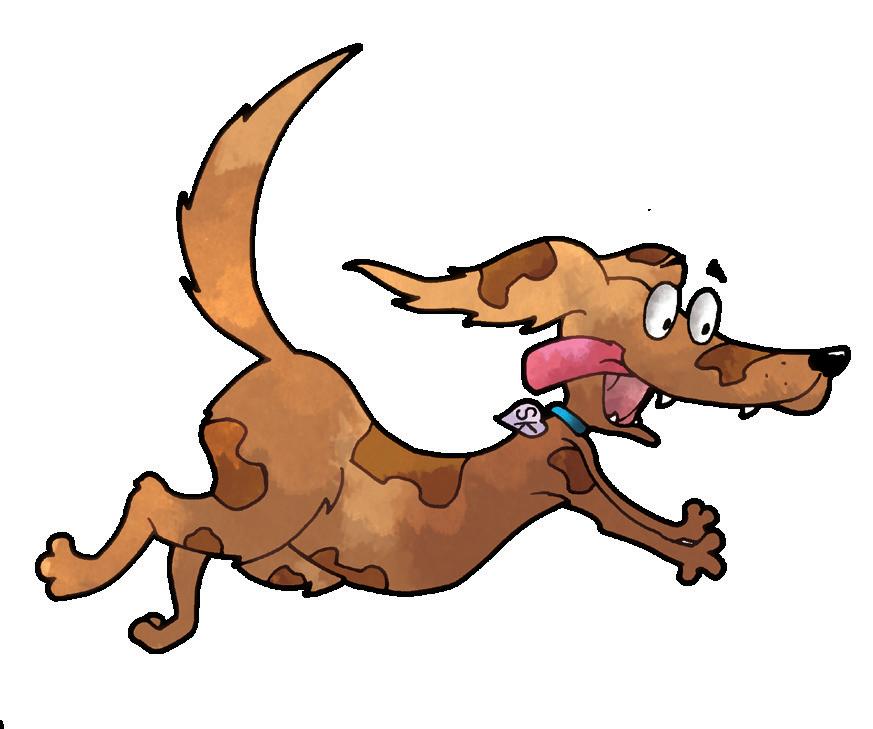



Find all the B words in the Big Block Below.

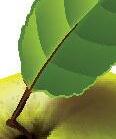








Cool for S'COOL!
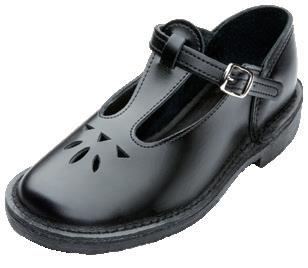
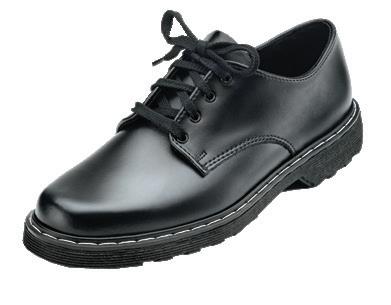

Complete the tables to show what fraction was eaten and what fraction was left.
FRACTION EATEN
FRACTION LEFT
FRACTION EATEN
FRACTION LEFT
FRACTION EATEN
FRACTION LEFT
FRACTION EATEN
FRACTION LEFT
FRACTION EATEN
FRACTION LEFT
FRACTION EATEN
FRACTION LEFT


500 g Flour (2 cups)
500 ml Buttermilk (2 cups) (You can use yoghurt or maas if you don’t have buttermilk.)


1 cup grated Cheese (250 ml)
21/2 tsp Baking Powder (121/2 ml) A generous pinch of Salt

For extra yum – use lots of butter and golden syrup or honey!
Turn the oven on to 180o C. (Ask an adult to help if you need to.)
Grease the bread pan with Spray & Cook or use a little melted marge. (This stops the bread from sticking to the pan.)
Place the flour in a mixing bowl. Add the baking powder and salt. Pour the buttermilk into the bowl and mix well. (The dough will be very sticky!)
Put the dough into the greased bread pan. Sprinkle your cheese on top of the dough. Put the pan into the heated oven. Cook for one hour. When it is done, let it cool down before you cut it.

Look at these common sayings and see if you can choose the right answer.
1 ‘to have a sweet tooth’
A to have a cavity
B to love sweet foods
C to have a sharp toothache.
3 ‘sticks out like a sore thumb’
A hiding
B very noticeable because they are different
C pointing with a thumb
2 ‘butterflies in my stomach’
A I am feeling hungry
B I am feeling nervous or excited
C I am feeling sick
DRAW IT! Me with butterflies in my tummy!
4 ‘when pigs fly’
A you see pigs in the sky
B it will never happen
C pigs are magic
5 ‘to let the cat out of the bag’
A a cat escapes
B a secret is revealed
C a cat is chased by

IT’S TRICKY TO SAY SOME WORDS TOGETHER FAST! BUT IT IS A LOT OF FUN! THESE SILLY SAYINGS ARE CALLED TONGUE TWISTERS. SEE IF YOU CAN SAY THESE FASTER AND FASTER!
Hi, I’m Betty!
Six sticky skeletons, six sticky skeletons, six sticky skeletons.
UNIQUE NEW YORK, UNIQUE NEW YORK, UNIQUE NEW YORK.

Betty Botter bought bananas for her batter. But Betty found the bananas bitter. So Betty Botter bought butter for her batter.
Let’s RO
RESEARCH SHOWS THAT ONLY 65 –75% OF PEOPLE CAN ROLL THEIR TONGUES. THE REST CANNOT!
It runs in families. If you can do it –means that most of your family can also roll their tongues. This is called an inherited characteristic.

if both your parents can’t do it, it means that you will never be able to do it! Other inherited characteristics include your height, eye colour, nose shape, dimples, freckles and even the shape of your earlobes. In some instances you can see similarities in body shape and you can even inherit abilities to – like rolling your tongue!






